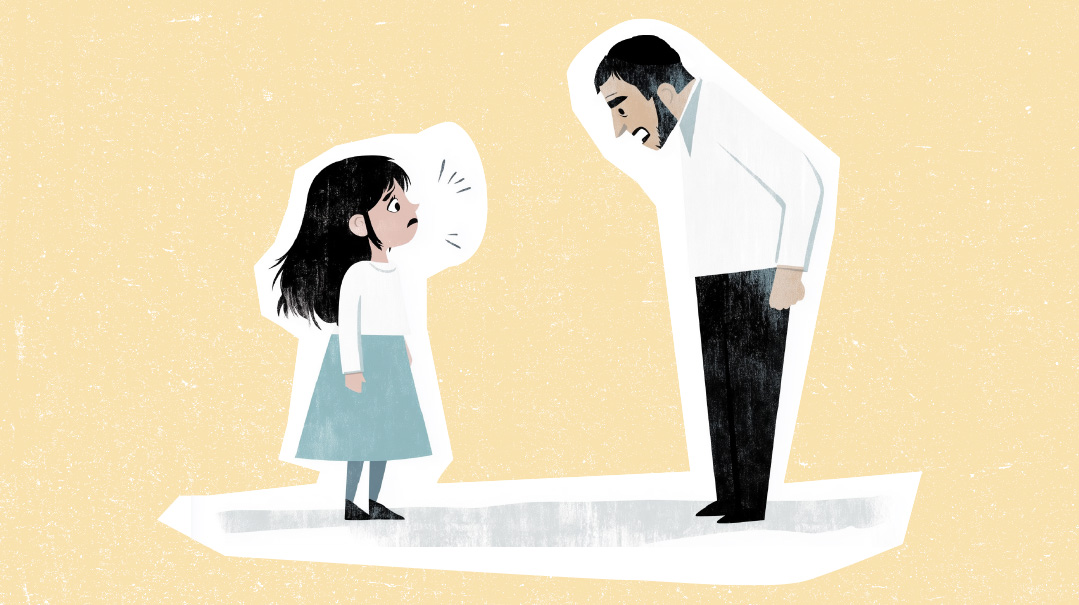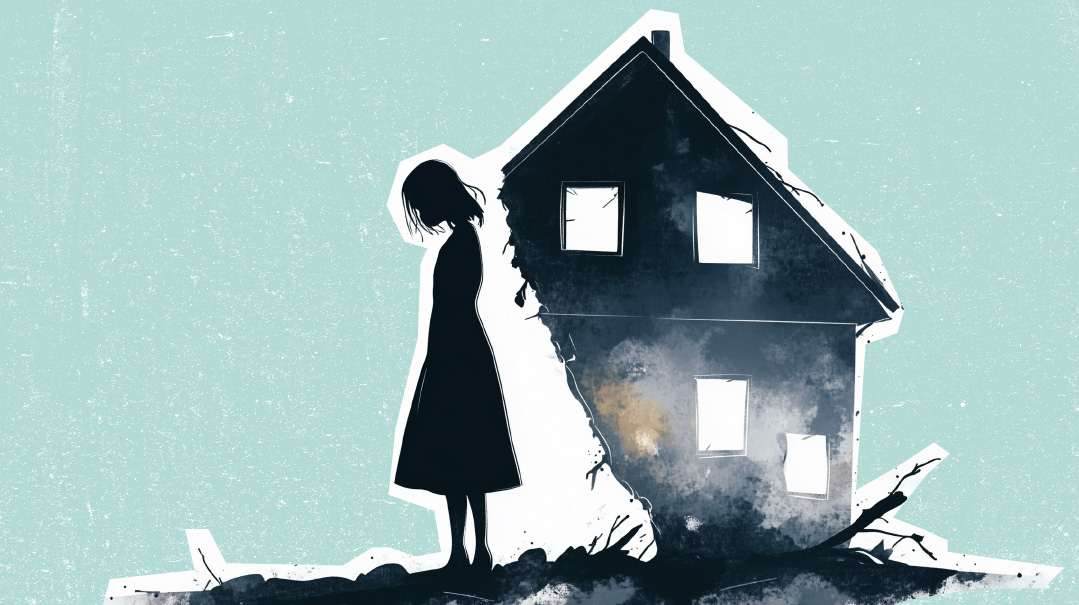“Why Is My Daughter Melting Down?”

It’s important to understand that trauma-related “acting out” is a very rare phenomenon

Q
My daughter is 11 years old. She has been having a lot of meltdowns recently, and I’m worried that there might be something going on at school that is upsetting her emotionally. I’ve asked her, but she says that nothing is bothering her. Should I send her to a therapist who might be able to dig deeper and get to the root of her issue?
A
Let’s examine the three main assumptions behind your question before we answer it. The first is that emotional distress leads to disturbed behavior, and thus disturbed behavior is caused by emotional distress. The second is that therapists, through artful “digging,” can get to the root cause of a child’s disturbed behavior. The third is that getting to the root cause of disturbed behavior will lead to improvement in the child’s behavior.
Where do these assumptions come from? One source is the trauma literature. We know that when a child has been traumatized, defensive and protective brain processes take over automatically to reduce overwhelming psychic pain. These processes can include avoidance mechanisms such as numbing (forgetting, self-harming), distracting (drug usage, overeating, compulsive activities like excessive studying, developing pain syndromes, etc.), attaching (becoming clingy, dependent, or overly pleasing), and “fighting” processes such as becoming argumentative, combative, aggressive, and otherwise emotionally dysregulated.
Because traumatized children may not consciously understand what has happened to them, therapists can use techniques to help strengthen and stabilize them to the point where it’s possible to recall and talk about overwhelming events. Trauma-based therapies form a good foundation for making progress, along with other specific interventions that directly target addictive, impulsive, compulsive, self-harming, and other destructive behaviors. Targeted interventions for each of these “dysfunctions” are necessary because the dysfunctions don’t automatically disappear just because the child has emotionally processed the trauma. For instance, if overeating was a trauma-related protective “dysfunction” following abuse, obesity doesn’t automatically diminish once the abuse has been healed. Rather, dietary changes will also be necessary. Similarly, acquired patterns of emotional dysregulation will still need their own treatment even after traumatic material has been resolved.
But — and this is a big “but” — it’s important to understand that trauma-related “acting out” is a very rare phenomenon. It’s the least likely explanation for a child’s tantrums. It does occur, but only rarely, just as most headaches are due to stress or food sensitivities, rather than due to brain tumors. All of the common reasons for tantrums should be explored before sending a child for therapy to see if there is something “deeper” causing the emotional dysregulation. Only when the common culprits have been explored and addressed with appropriate but ineffective interventions, would you want to consider other, “deeper” causes.
So what are the “common culprits”? If the child throwing tantrums was two or three years old, the most common culprit would be normal developmental individuation. That is, children of this age begin to strongly express their own will. Due to poor language skills, they often use emotionally laden behaviors to convey their intense feelings.
However, when a child is 11 years old we have to consider whether the tantrums are a continuation of emotionally dysregulated behavior that has always been present or whether it’s something new. If it’s always been present, genetic factors affecting personality may be at play and would need to be addressed (the presence of ADHD, anxiety or mood issues, for example) or the use of authoritarian or laissez-faire parenting techniques may have contributed and would need to be replaced with a more helpful authoritative parenting style.
If the 11-year-old has just suddenly started to have tantrums, it could be due to a new “preteen” developmental shift (including hormonal and psychological changes) or due to increased stress (such as social or academic issues). Typically, behavioral parenting interventions will be sufficient to help put an end to meltdowns stemming from either developmental causes or from stress. Validating distress (“I understand you’re upset that I’m not buying you the shoes”) while setting firm limits on inappropriate drama (“It’s not okay to throw yourself on the floor and yell at me”), combined with clear guidance on how to communicate feelings verbally (“When you’re upset, you can tell me about it in a normal tone of voice using respectful words”) is usually highly effective when applied calmly and consistently, using praise and negative consequences as necessary.
Keep in mind that adults experience plenty of stress but are expected to “keep it together” at home, nonetheless. Regular life problems aren’t the same as traumatic events. You can expect your daughter to behave appropriately even if she dislikes her teacher or if she is embroiled in complicated social dynamics at school.
I suggest you address her tantrums using a behavioral approach first. If after a few weeks the tantrums are still happening, then go ahead and investigate both her physical and mental health through having her medically and psychologically assessed.
(Originally featured in Family First, Issue 930)
Oops! We could not locate your form.





